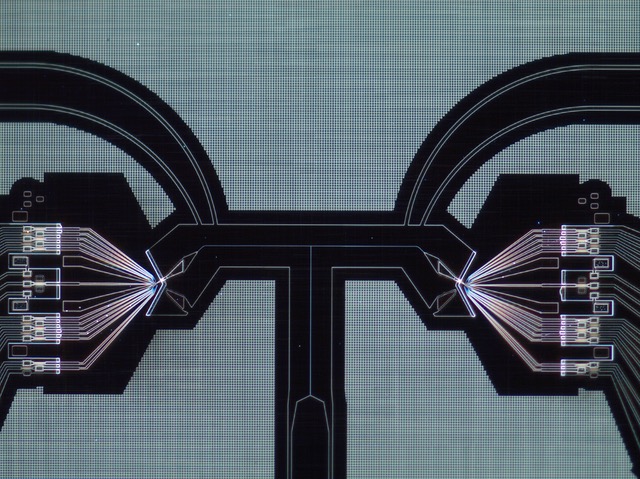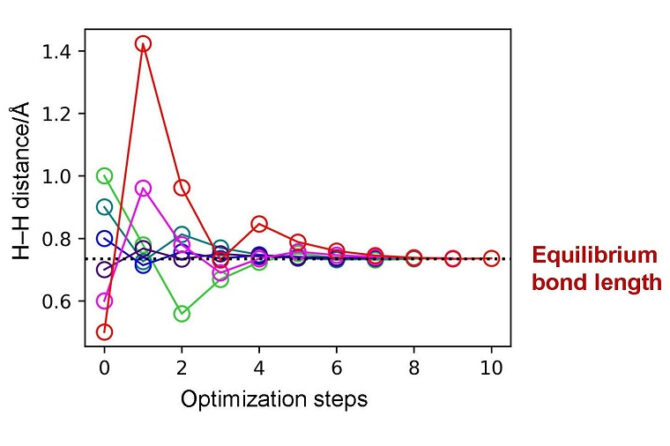The groundbreaking research by QuTech represents a significant advancement in quantum computing technology, demonstrating the successful interconnection of spin qubits over unprecedented distances. By achieving coherent logic operations between qubits positioned 250 micrometers apart on a single chip, the researchers have opened new possibilities for quantum information processing.
Quantum computers ultimately require millions of reliable, error-free quantum bits, and this research addresses one of the fundamental challenges in scaling quantum systems. The approach focuses on modular designs that could potentially create networks of quantum computing “islands” within a single semiconductor chip.
Spin-based qubits operate by trapping single electrons or holes in carefully controlled semiconductor structures. While qubits located near each other can interact directly, connecting qubits over longer distances has been a significant technical hurdle. The researchers innovatively used superconducting resonators as quantum information bridges, enabling efficient communication between distant qubits.
The experimental setup at QuTech, a collaboration between TU Delft and TNO, successfully demonstrated precise control and measurement of two spin-based qubits separated by 250 micrometers. The researchers meticulously explored how various factors, such as qubit frequencies and coupling strength with the resonator, influenced quantum information exchange.
Their implementation involved an iSWAP operation, which allowed the qubits to interact and exchange quantum information. The experimental results aligned closely with theoretical predictions, providing robust evidence for the feasibility of this approach.
This breakthrough holds profound implications for quantum computing architecture. While the current experiment involved a single qubit per “island,” future iterations could incorporate multiple interconnected qubits within these islands. Such an approach significantly enhances the potential for scaling up quantum processors.
The researchers identified promising future directions, including reducing electrical noise and improving qubit-resonator coupling. These improvements could further stabilize spin qubit systems and enable more complex quantum simulations that can model intricate interactions between fermionic and bosonic behaviors.
Published in Nature Physics, this research represents a crucial step toward realizing large-scale, modular quantum processors. By demonstrating long-distance qubit interactions within a single chip, the QuTech team has provided a compelling pathway for developing more powerful and scalable quantum computing technologies.
The work exemplifies the innovative approaches required to overcome current limitations in quantum computing, bringing us closer to practical, large-scale quantum computational systems.
The post Connecting qubit islands with quantum bridges appeared first on QuTech.
Dijkema & Xue, et al., 2024, Cavity-mediated iSWAP oscillations between distant spins, Nature Physics, 1745-2481. DOI: 10.1038/s41567-024-02694-8



